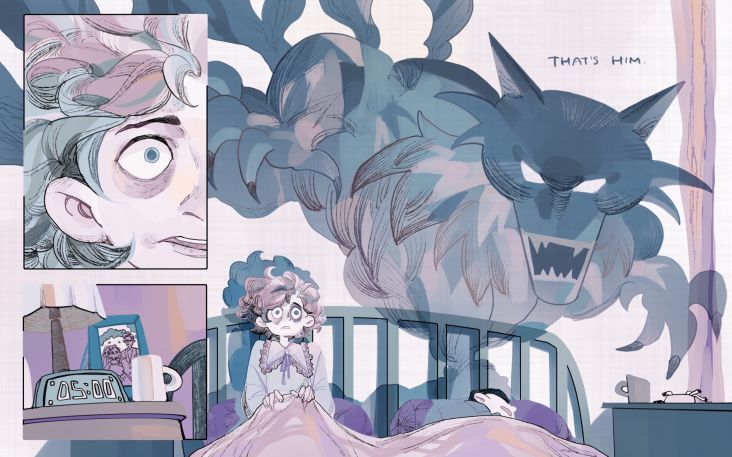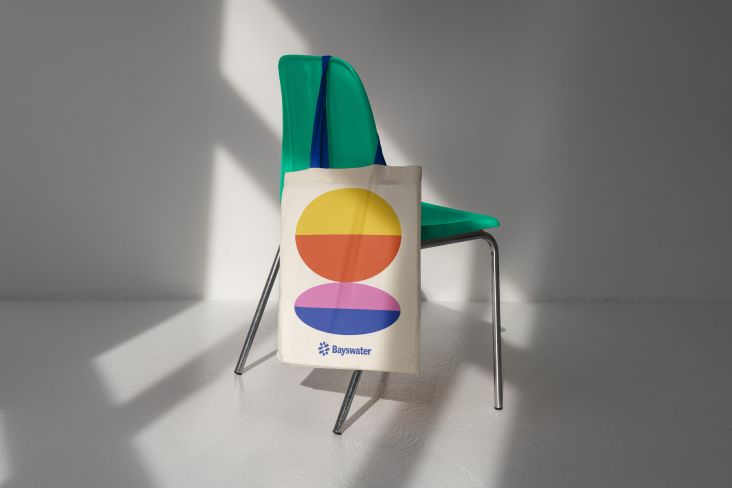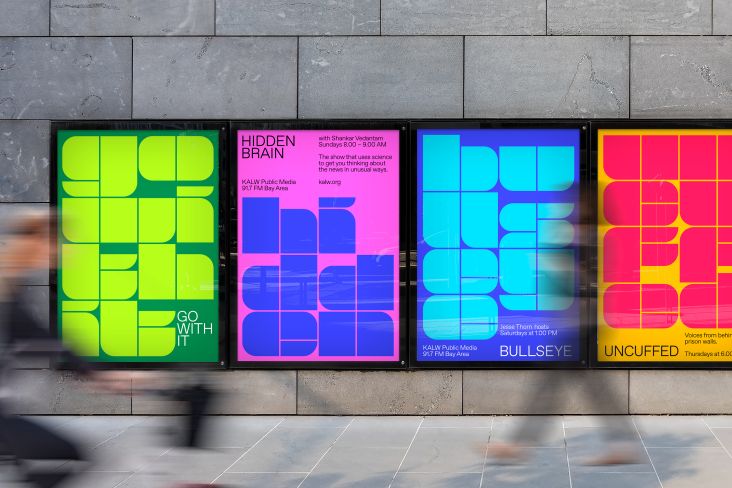'It is okay not to know and understand everything': Stacey Gillian Abe on the memories that define her upcoming solo exhibition
Ugandan artist Stacey Gillian Abe explores her family history, cultural roots and the resilience that comes with being black in Shrub-let of Old Ayivu, her first solo exhibition at Unit London.
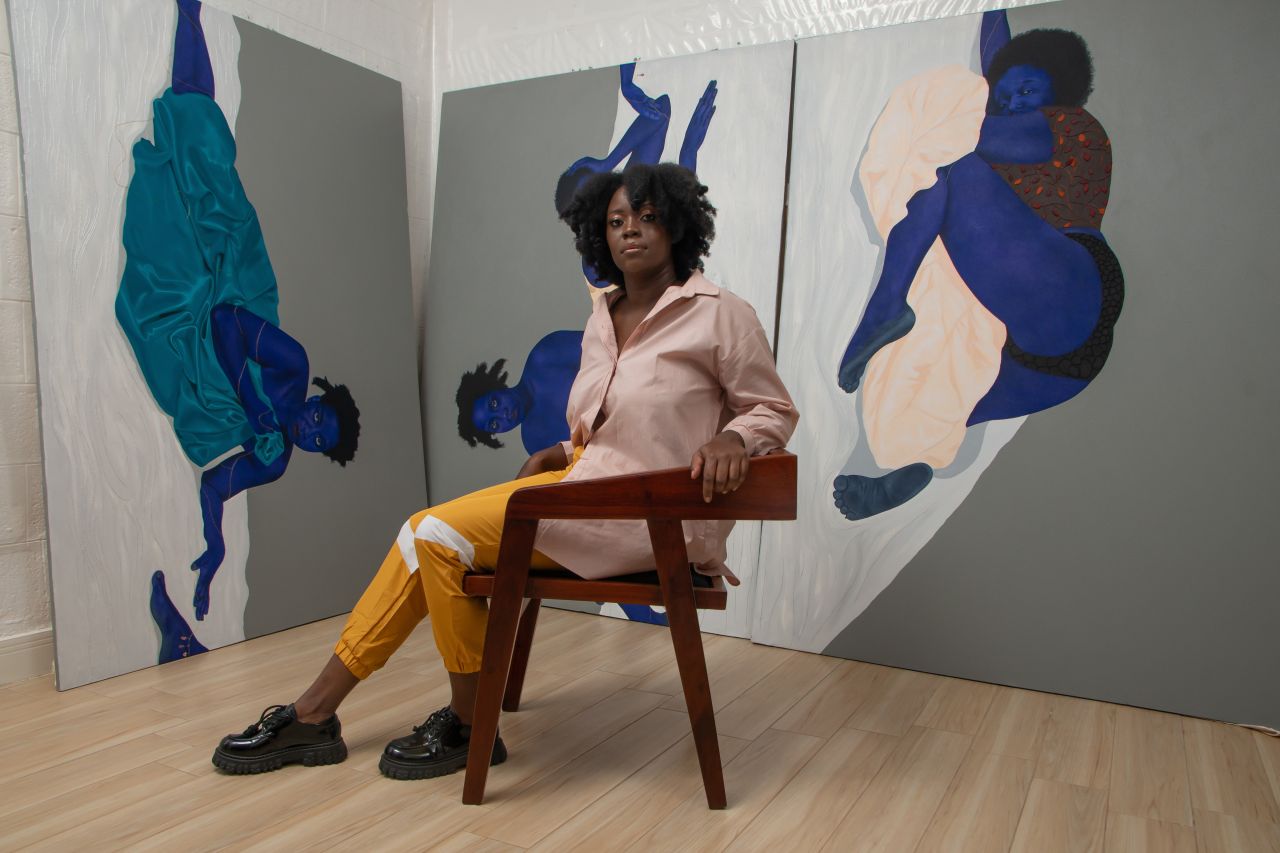
Stacey Gillian Abe explores family memories in Shrub-let of Old Ayivu
Opening at Unit London on 22 November, Shrub-let of Old Ayivu sees contemporary artist Stacey Gillian Abe explore themes of memory, emotion and time as she focuses on the concepts of shared experiences and family lineage.
Articulated via beautiful paintings that reframe how viewers see black bodies and femininity, her artwork also examines how traditions are absorbed and transformed from generation to generation.
Rather fittingly, art itself ties into these inherited traditions as Stacey tells Creative Boom that her passion for it has been there from a young age. "Also, it felt like the easiest way of expressing myself."
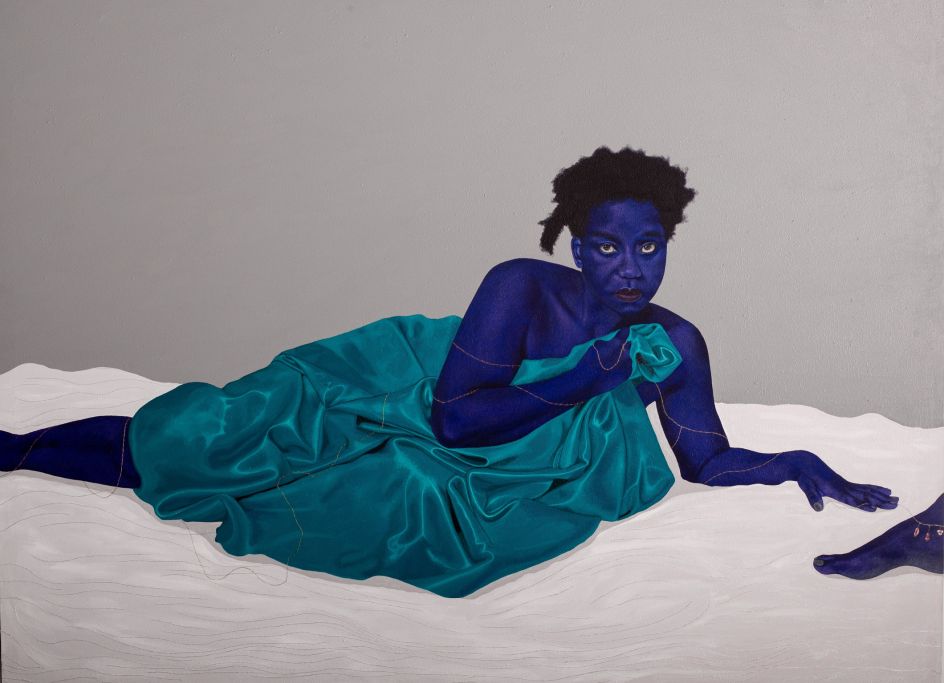
The Sitting 1, 2022 © Stacey Gillian Abe
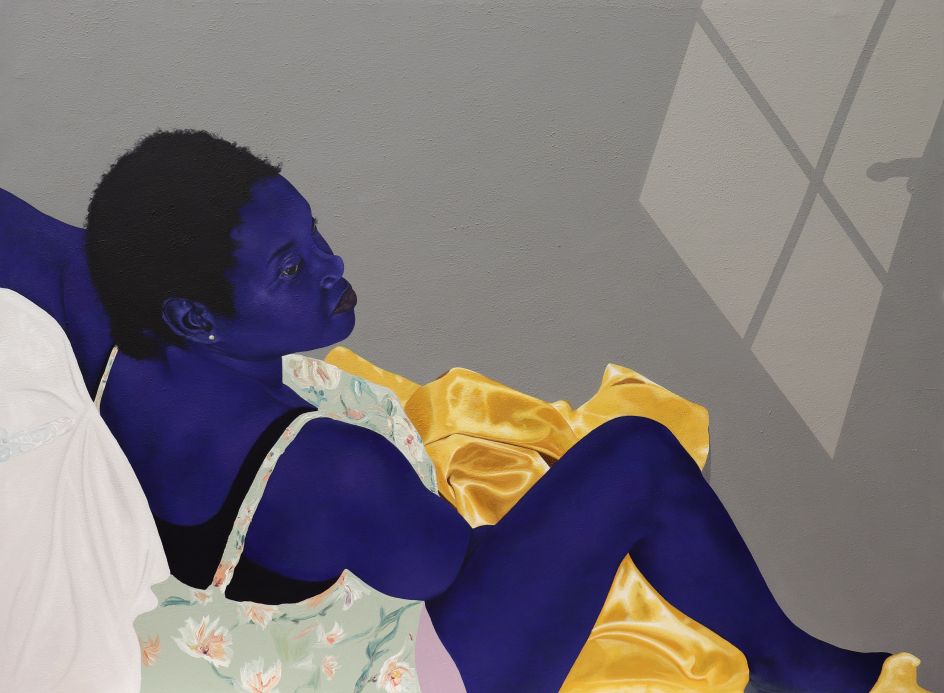
See You Later, 2022 © Stacey Gillian Abe
"Kampala is hilly and partly swampy, so growing up, finding clay down by the well and the swamp wasn't hard, and I remember going down every evening with my friends to collect clay for our informal 'art classes'. This passion grew, and I took art as a major in secondary school and finally continued with it at university."
When it came to drawing on her memories to create the artwork for Shrub-let of Old Ayivu, Stacey explains that they are not a single entity that can be easily described. By their nature, something will either be left out, change or go missing. "The brain has a way of messing around with our stored memories."
She adds: "Shrub-let of Old Ayivu is an exploration of these fragments of memory. Some sweet, some sad, some really confusing, and some memories I wish I could hold on to vividly for much longer. The work is interested mostly in shared and personal memories experienced through three generations in my lineage but also how memories other than my own materialise in my own subconscious.
"For example, Bibiana's Window 2022 draws on memories of my mother narrated to me. It also draws on memories of her mother narrated to her and then passed down to me.
"It is not as literal as it sounds. It's a very psychological concept in which these memories are not limited to visual representations in the work, and emotions aren't limited to feelings. The work is also interested in personifying emotion and redefining time as a constant."
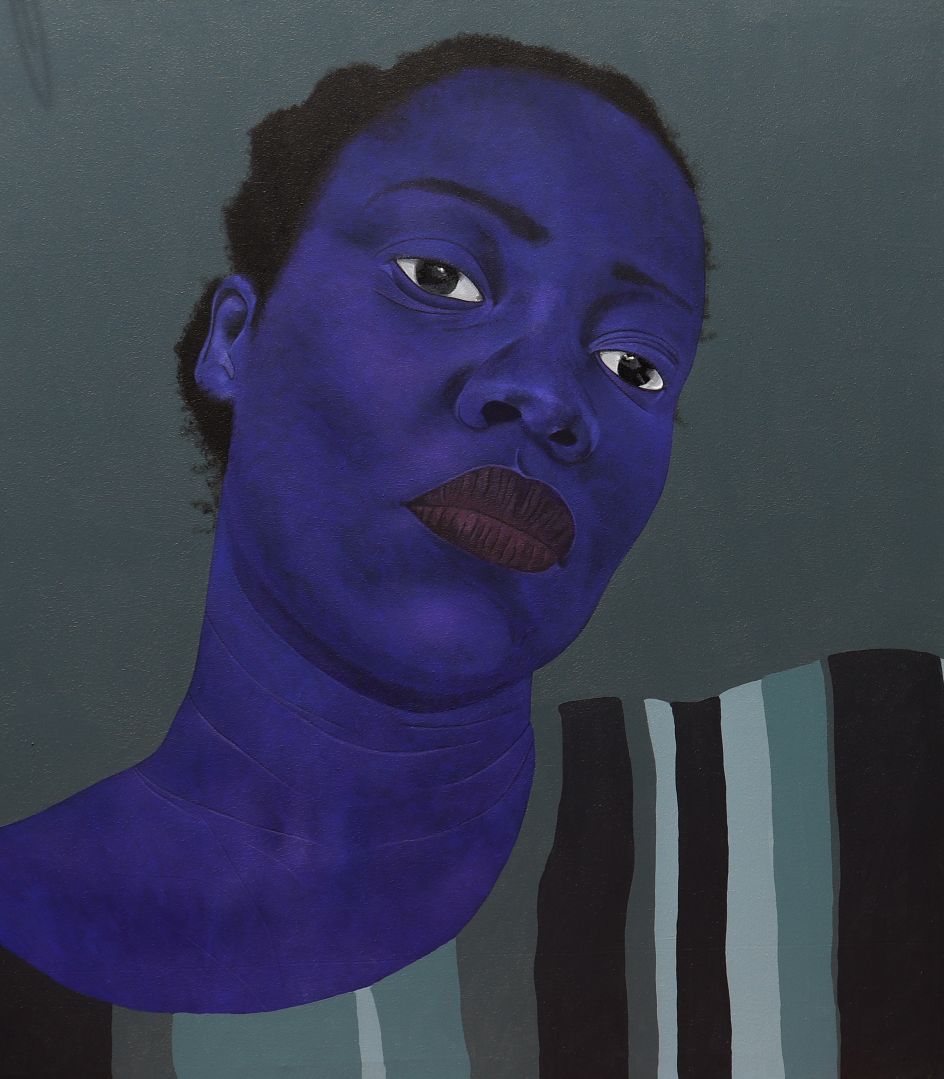
Three and a Secret 2, 2022 © Stacey Gillian Abe
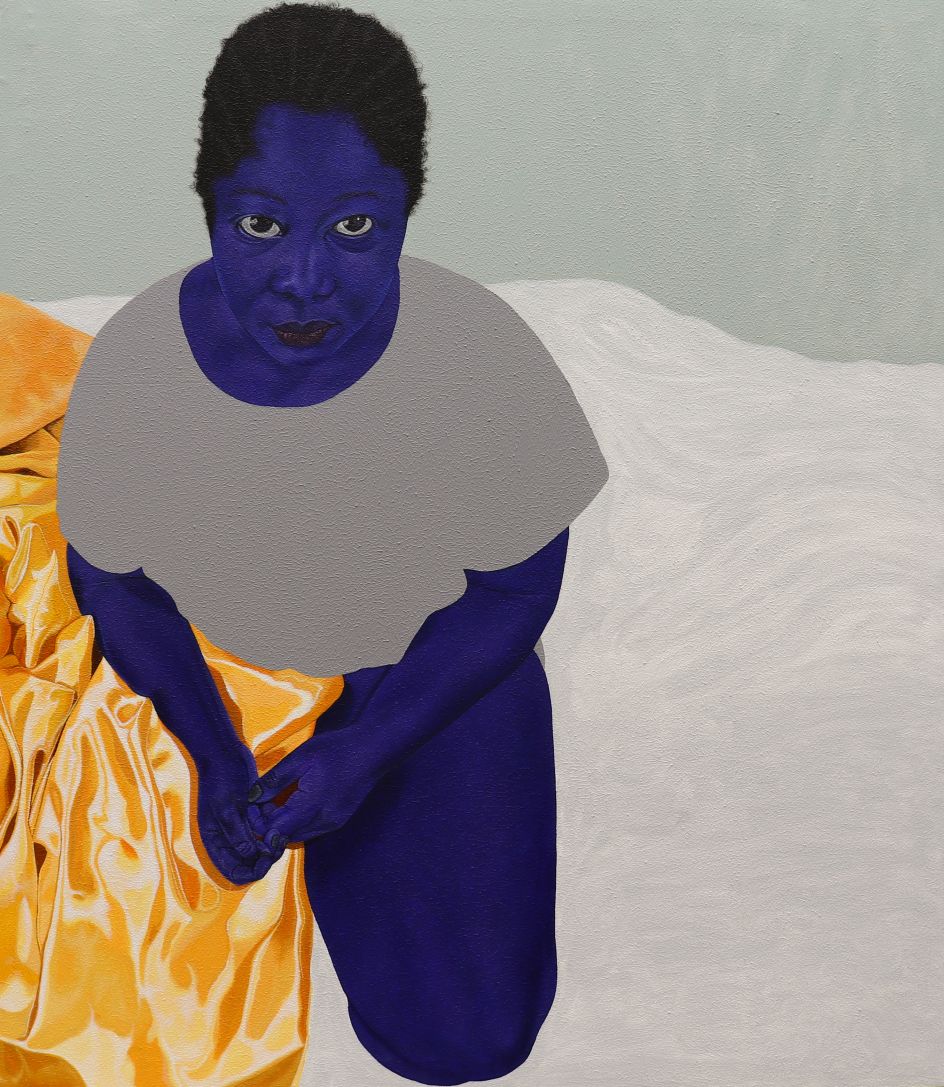
My Own, 2022 © Stacey Gillian Abe
As for the exhibition's name, this can be traced back to the clan Stacey is a descendant of. "Ayivu is one of the major clans of the Lugbara-speaking people from Arua in the West Nile region of Uganda," she explains. "We are a tribe intersecting three countries that is Democratic Republic of Congo, Sudan and Uganda. Our people are spread out within these countries, and I belong to the Ayivu clan in Uganda.
"Shrublet of Old Ayivu is a metaphoric term which alludes to growths that have originated for a long time from a place of great significance that eventually create the perfect conditions for shrub-lets to morph and branch out of the old ways to form new connections independent of their origin.
"The shrub-let is representative of this transportation from traditions, mindsets, norms and past lives, places to mention but a few."
The imagery of the plant life also extends to the colour of the models themselves. Jute is seen as a symbol of the Ayivu clan, and it is a motif that unites all of the work on display. "Jute is a plant of many uses, so this totem recurring in the work is a symbol of possibilities and growth," Stacey reveals.
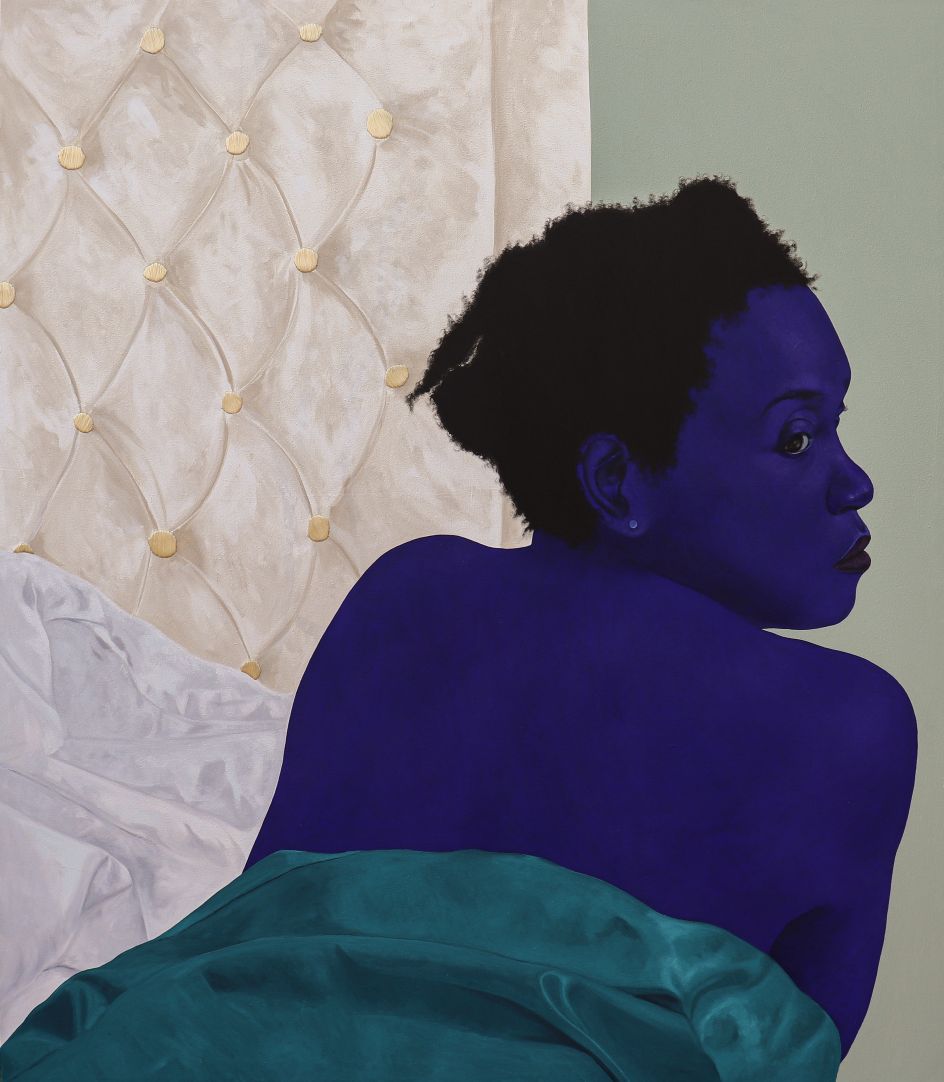
See You Later...Again, 2022 © Stacey Gillian Abe
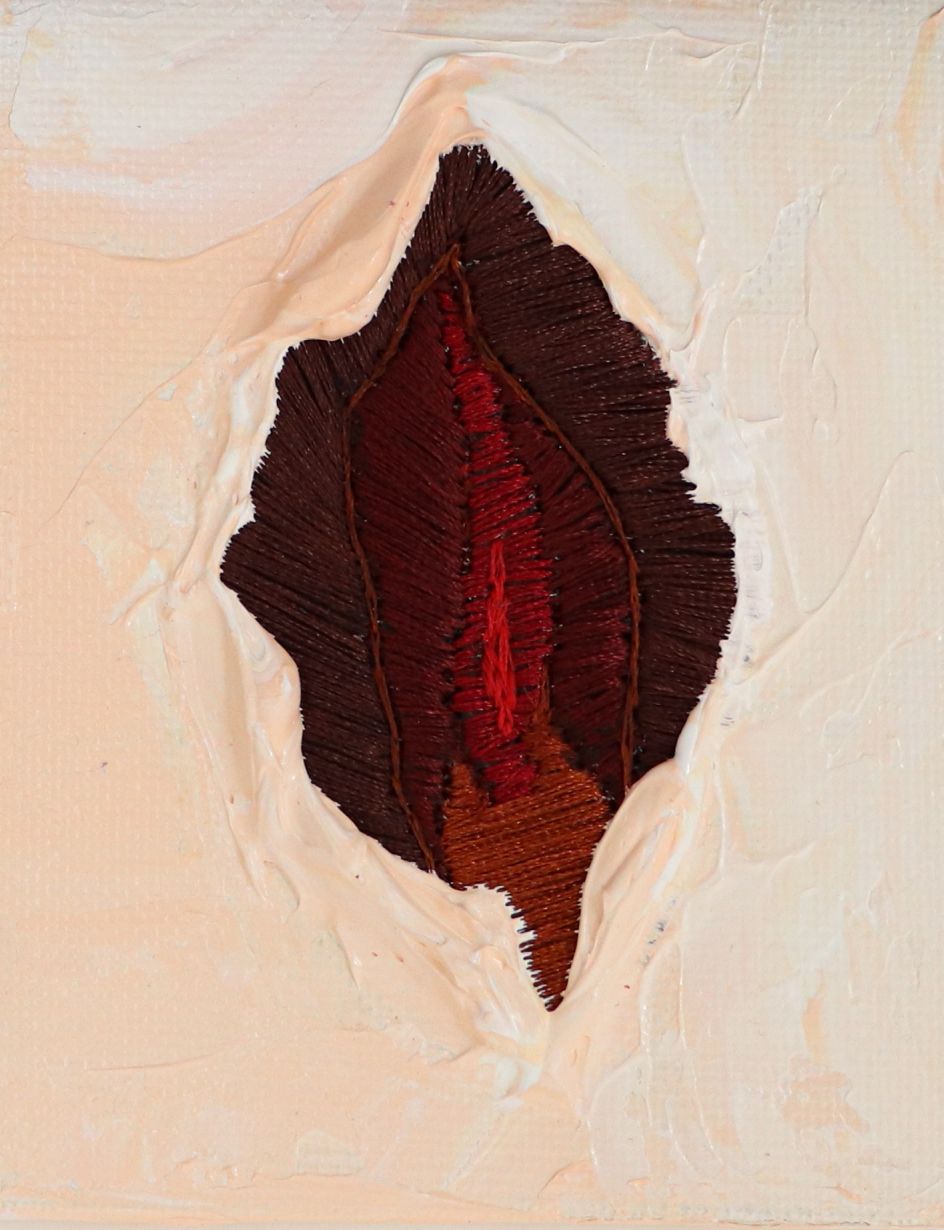
Paradise 2, 2022 © Stacey Gillian Abe
"Indigo as a dye has a deep history tethered to it and the black body. It was significant in forming and reshaping narratives around the black body. In the past, our association with the substance required giving up or exchanging something. But it also contributed to redefining the position of the black person throughout history to date.
"Indigo in the work symbolises a breed of black living beyond these societal constructs, the skin tone in my paintings signifies an acknowledgement of these pasts that allow me to retell the stories differently, and this goes back to memory and how things are remembered and internalised."
Another recurring element in Stacey's paintings is embroidery. Included as a "feminine gesture", she explains that traditionally it has been practised by women and is also viewed as a feminine craft.
"The black female body is naturally round and curvy in many places; this does not usually fit into the general western ideal of beauty and femininity. Embroidery here creates space to enjoy, admire and indulge in my own idea of femininity and beauty. It is a green light to remaining vulnerable and 'imperfect'.
"In addition, the craft is also really personal to me; it takes an autobiographical approach. It is a meditative process that allows me to revisit memories and personal experiences. This is a craft I am still learning through my mother, who learnt it from my grandmother, who also learnt it from my great-grandmother."
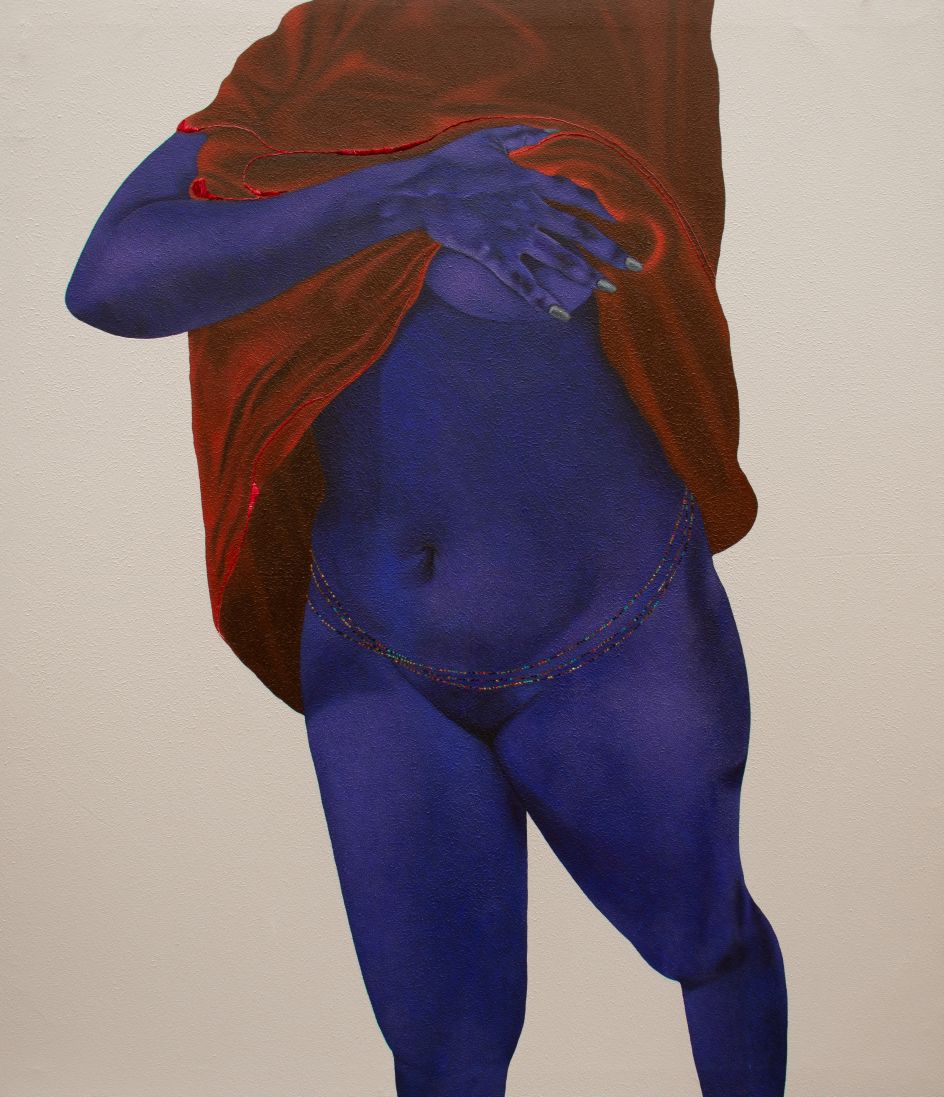
Bibiana, 2022 © Stacey Gillian Abe
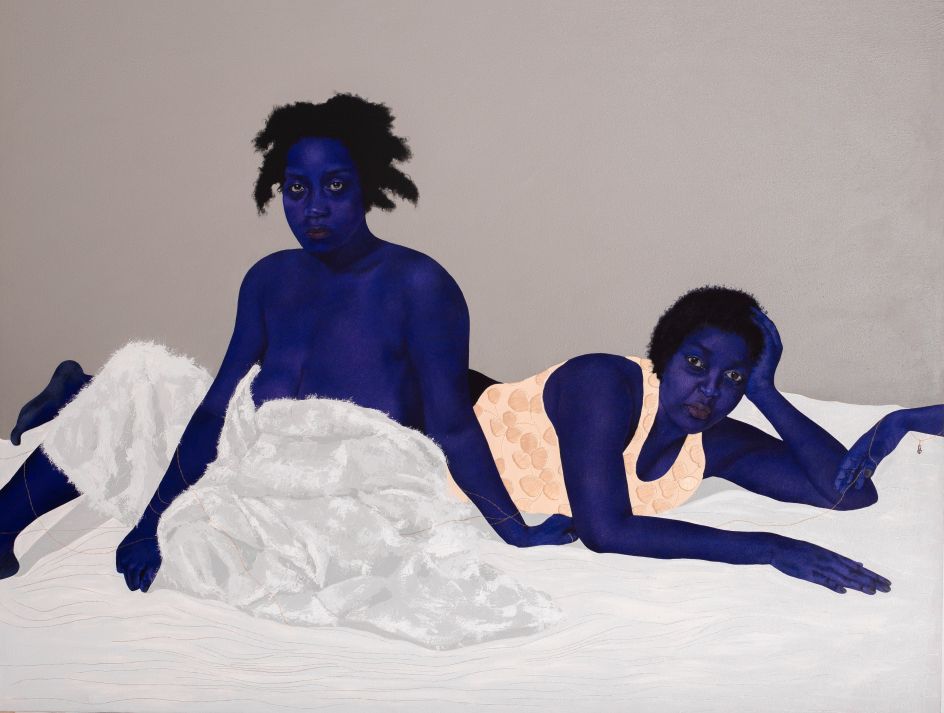
The Sitting 2, 2022 © Stacey Gillian Abe
The reframing of these crafts and the black female body tie into the essence of Stacey's art, which imagines an "existence of black without any visible means of support. That black is capable of standing on its own."
However, it also sounds like putting Shrub-let of Old Ayivu has led to some personal revelations for Stacey. "I have learnt that it is okay not to know and understand everything," she says. "It is also okay to work through the processes and discoveries.
"And it has taught me to be patient with myself. I have learnt patience in the process itself but also patience with everything around me. Some memories were challenging to rediscover from a different lens, which has affected me psychologically."
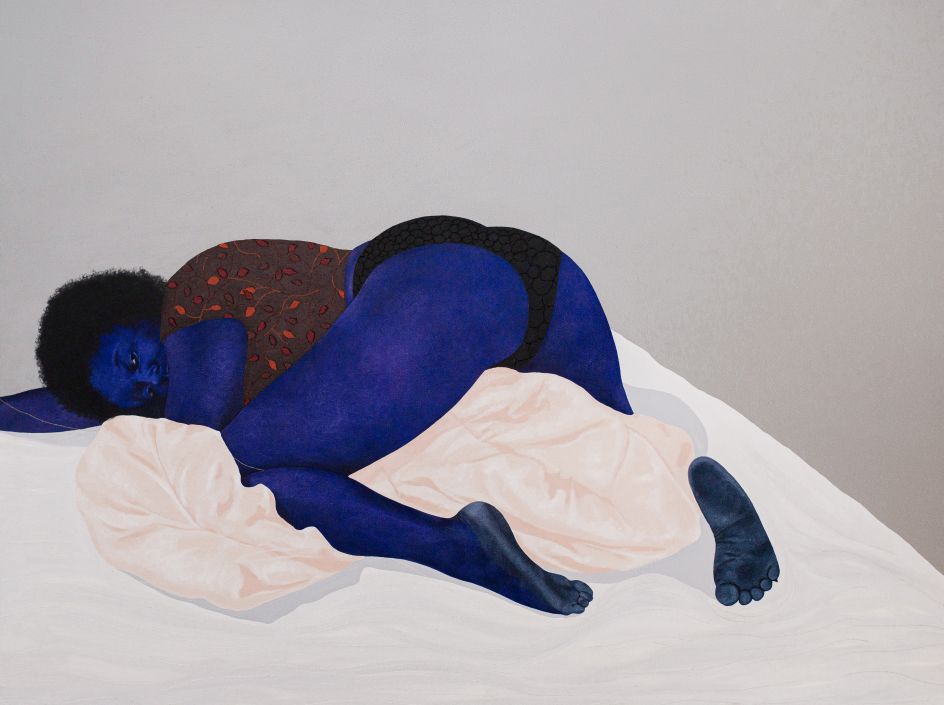
The Sitting 3, 2022 © Stacey Gillian Abe




 by Tüpokompanii](https://www.creativeboom.com/upload/articles/58/58684538770fb5b428dc1882f7a732f153500153_732.jpg)


 using <a href="https://www.ohnotype.co/fonts/obviously" target="_blank">Obviously</a> by Oh No Type Co., Art Director, Brand & Creative—Spotify](https://www.creativeboom.com/upload/articles/6e/6ed31eddc26fa563f213fc76d6993dab9231ffe4_732.jpg)









